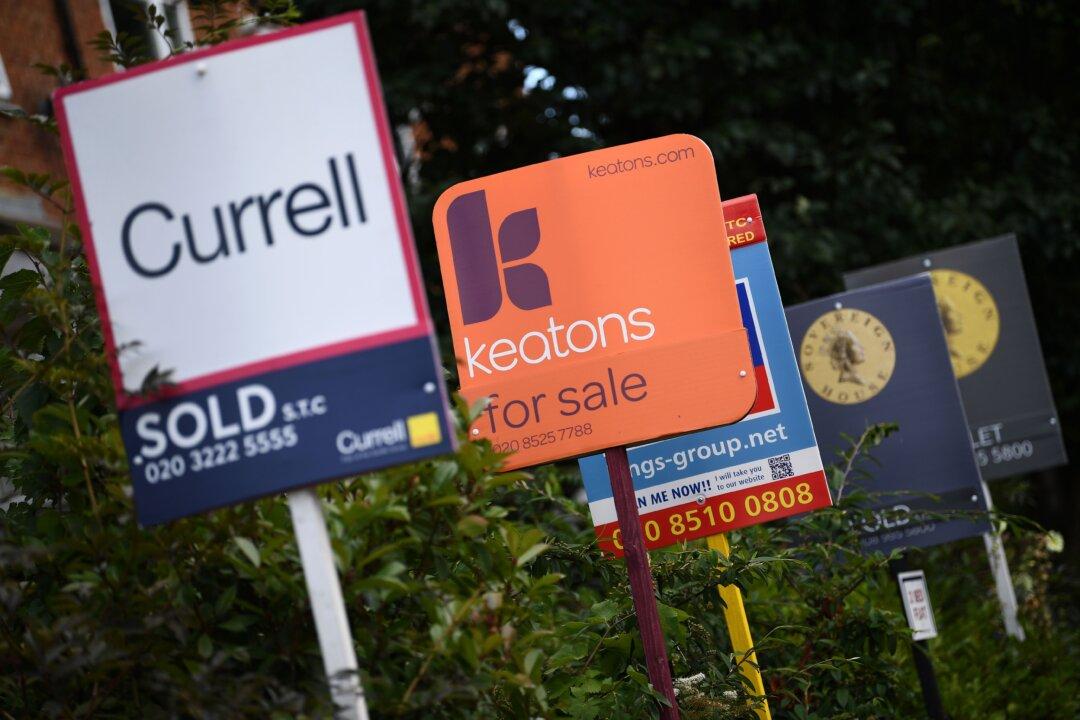COVID-19, mortgage rates, help-to-buy, and the Grenfell Tower fire are some of the reasons why flat prices fell further and further behind in recent years, according to experts in the housing market.
The Epoch Times’s analysis of HM Land Registry property data in the past decade found that the rate of price inflation for flats in England and Wales began to slow at around 2017.





